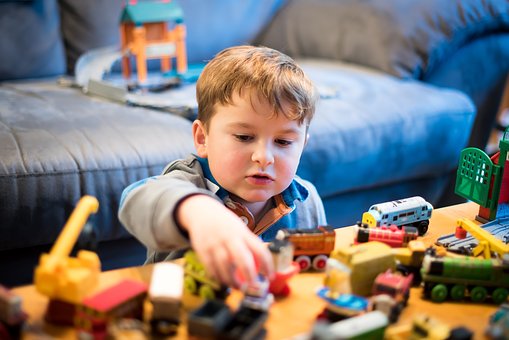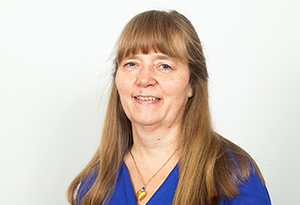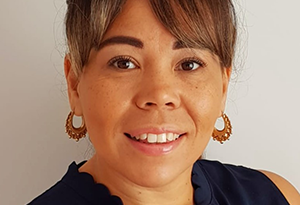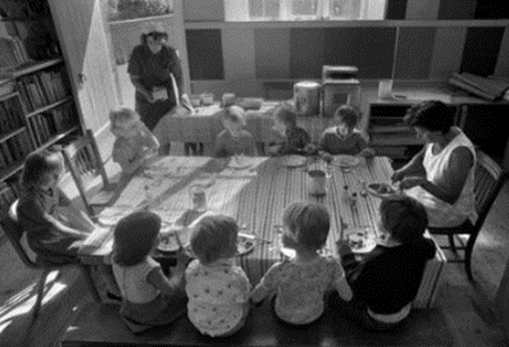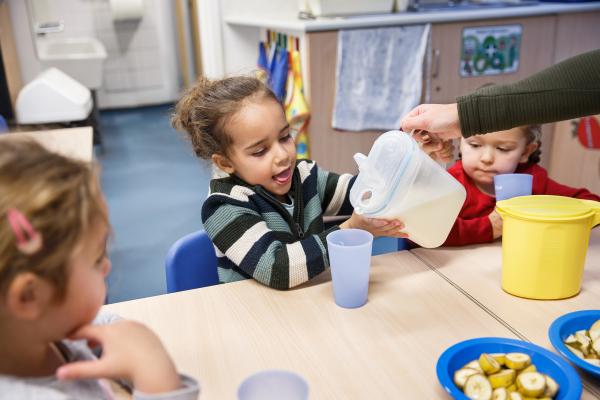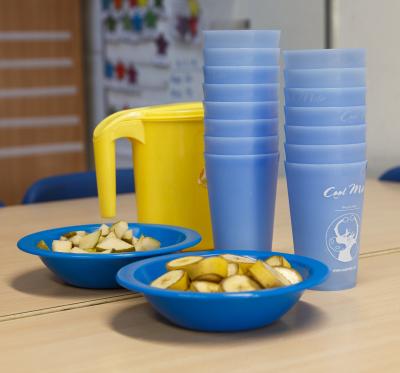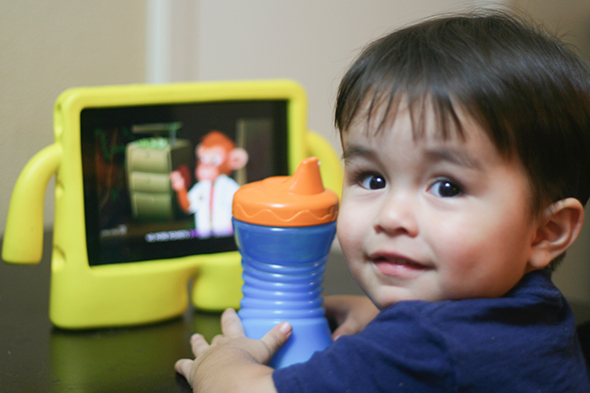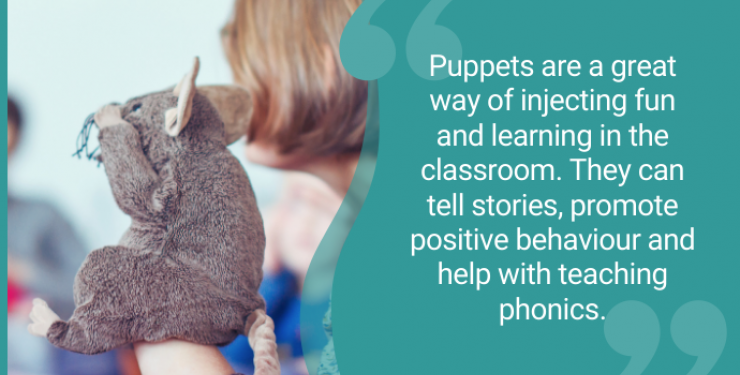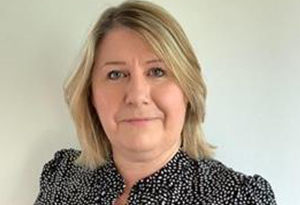Feedback and marking is something that comes up time and time again in enquires from schools and during cluster meetings. It’s clear that many schools are investigating different ways of feedback supporting pupils’ progress while also being mindful of how this may impact on teacher workload. Effective feedback strategies are an efficient use of our ever-stretched time – it is good for pupils and good for teachers. Our time is the most precious gift we can give to our pupils, so let’s make sure it delivers the most bang for its buck.
What we want to achieve from feedback is for pupils to make progress. We need feedback to help them identify where they need to make improvements or develop their work. Effective feedback fits within the ‘learning culture’ of the classroom and enables pupils to develop a greater independent awareness of tendencies and strategies for improving, which is instrumental in the building of their self-efficacy and the avoidance of a learned helplessness when it comes to making progress.
So, the pupil participation part of feedback is essential. Dylan William says that ‘to be effective, feedback should cause thinking to take place’. I see a lot of marking where there is limited ‘work’ required on the part of the pupil, and as a result, the time invested by the teacher in marking the book has less impact on the progress of the pupil. This is particularly noticeable where the pupil response to the marking is in subsequent lessons when the pupil is feeling less invested in that piece of work or has no chance to immediately make use of the learning point.
We want our feedback to empower pupils. In order to do this, we want to encourage pupils to take ownership of their work wherever possible. Ron Berger (the Austin’s Butterfly bloke) talks about this at length in his fantastic (and, given how time-poor teachers are, fabulously short) book An Ethic of Excellence. Approaches to feedback that encourage self-reflection and pupil improvement opportunities are helpful for building this ownership.
We also know that when feedback and the opportunity to act on it happens quickly, it has more of an effect. Making alterations and seeing the positive outcomes and where we haven’t made the same mistakes again, is hugely satisfying and taps into the internal reward system in our brain, making it also very motivating. Pupils self-motivated to improve and learn..? Um, yes please!
Let’s split some ideas into the feedback that can be given during lessons and, for those times when it isn’t possible to give feedback in the lesson, some ways of making post-lesson feedback effective.
During the lesson
Shirley Clarke and many others suggest that this should be where the lion’s share of feedback should be given since it is where it can have the most impact. It is effective in supporting pupil progress because it makes the feedback loop shorter – pupil gets feedback, acts on it, practices using it – and within the context of the learning at hand. It allows for the dopamine hit of satisfaction (the internal reward system) when, in continued practice, the error isn’t made again – and that in itself is hugely motivating when we are learning.
During a lesson teachers are always engaged in ‘in the moment’ feedback. We’re always on the move, often with pen in hand, offering advice, identifying and clearing up misconceptions or errors as we go. This sort of over-the-shoulder feedback is part and parcel of the formative assessment woven into our daily teaching practice.
For those of you who have been on our courses, you’ll know how much we love a ‘Stop Gap’/’Mini-break’ mid lesson: stopping pupils after they’ve been working for a bit and asking them to check what they’ve done so far against the success criteria (SC) or a particular focus (full stops or spelling of key words etc), perhaps independently or with their talk partner, make edits/corrections, then getting them to carry on. This is great for picking up secretarial errors or refocussing on the SC, and also for that dopamine hit if the next time you stop them you ask them to see whether they have managed to not repeat the error from earlier. As a development of this, the ‘Stop Gap’ can incorporate use of the visualiser and the opportunity to collectively offer feedback (on randomly selected work), compare back with the model and so on.
Instead of ‘peer assessment/feedback’ being a case of swapping books, a far more effective approach is to aim for ‘Collaborative Improvement’. Here the pupils retain control and ownership of their work at all times. They read their work to their talk partner (or have it read to them) and verbally receive advice/feedback that they then can choose to implement (or not… it IS their work after all!). When doing this, a quick little tip is to get the pupils to place the work they are looking at on top of their partner’s so that there is no temptation for the partner to be distracted by their own work.
Another way of giving feedback during the lesson could be a ‘live’ version of ‘conferencing’ (see next section). This would be where the teacher/adult spends some time with groups within the lesson to have feedback discussions. This is a little like the way we work in ‘guided reading’, but could be how we work in all subjects. It would involve the rest of the class having activities to be getting on with, and where the teacher rotates the group they work with over the course of a week.
After the lesson
With the best will in the world, not all feedback can be given during the lesson. So let’s think about what we do to shake up the marking we are doing after the lesson for pupils to act on when the work is returned.
There can be times when it may be necessary for ‘marking’ to be done outside of class, and the feedback being delivered and acted upon the next day/lesson. However, we must always ensure that the last part is happening – otherwise all our effort is for nothing. If the feedback isn’t being addressed by the pupil, then it has been a waste of the teacher’s time.
When doing written feedback in books, we can aim to keep it simple. Pupils don’t tend to really engage with lengthy comments so a ‘seek and destroy’ type approach for errors can be a useful strategy (indicate that there is an error – spelling or punctuation etc - in a section and pupils have to seek it out, independently or with the help of talk partner and correct it). Perhaps adopt the ‘yellow-box’ approach where you draw a yellow box around an area you’d like the pupil to revisit for particular improvements. Editing a whole piece of work can be quite demotivating for some pupils, so maybe just asking them to focus on one part can make it more manageable. After the time given for improvements or corrections, have an opportunity for pupils to feedback to the class, maybe involving the visualiser, regarding what they found or changed or improved so that there is a sharing of improvement stories and a learning point to the making of changes. A great opportunity for reinforcing growth mindset messages.
A ‘conferencing’ approach can be an alternative to writing feedback in books. This is something that can be done in many ways, but basically allows for the feedback to be delivered in person to pupils either individually or in small groups. So much more can be said between teacher and pupil in a short time than could be written (and read) in books. Short 5 minute discussions over a piece of work seem to have a far greater impact on the progress pupils then make with a piece of work rather than lengthy written comments without the interaction with the teacher. In schools where they have moved towards this approach, they have timetabled in opportunities where the class can be getting on with something or led by the TA and the teacher can work through a number of pupils and aim to cover all pupils over a two week period.
Another alternative to writing feedback in individual books could be by giving ‘whole-class feedback’. Instead of writing the same things in many books, feedback on common areas can be given directly to the class (perhaps on the board or under the visualiser) so that pupils can individually or with talk partners, make improvements, edits and developments. It would be worth including the positive practice you’ve seen as well as the key areas for improvement and editing, so that pupils can find their own successes as well as hunt out the parts they need to change or improve.
Tweaking what we already do
Sometimes we are not in a place to overhaul the marking policies or systems that are already in place. In which case, a few small tweaks can be a first step towards changing how marking/feedback is done in our school.
A key tweak can be just allowing more pupil participation in what we already do. A lot of schools still use a variation on the stars and a wish or pink/green marking where the teacher indicates or writes what has been done well in relation to the SC and what the next steps/errors are. How about we just let the pupils do this first once they’ve had some edit/improve time? They can find the best examples of items from the SC and draw the attention of the teacher to the areas they felt stuck on or think they didn’t achieve quite as well (they could stick a yellow box around particular areas or indicate on the SC). It’s more empowering than waiting for a teacher to offer validation. The teacher then can agree with the self-validation of successes or add to them, and deal with the areas where the pupil has suggested they need support or feedback, adding other next steps if necessary (but that could be done verbally in a conferencing way).
If school policy is that key spelling corrections are given and copied out a few times (and for whatever reason it feels less appropriate for pupils to find the correct spelling from a dictionary or word mat), how about just adding an extra cognitive step in for the pupil by writing the word out three times – once correctly and twice incorrectly – so the pupil has to identify the correct spelling prior to copying it out? Note for Y2 and 6 teachers – as we get further into the spring term, we really would want to move away from directly indicating incorrect spellings to more of a ‘there’s a spelling mistake in this section/on this page’ independent approach for age-appropriate words to be in line with STA guidance on spelling (see our blog - Declaration of Independence).
So there we have it - some ways we could change or rejig our approach to feedback. There is so much discussion out there in schools and the edu-sphere generally, that some idle googling and twitter searching will throw up a whole host of ideas I haven’t even touched on here. It is an exciting time in the world of formative assessment and feedback.
We recently had the good fortune to attend AfL-guru and long-time friend of the Assessment Team, Shirley Clarke’s latest course on feedback. I cannot recommend enough her new book Visible Learning: Feedback written with John Hattie – so much inspiration for rethinking how we approach feedback in our schools. Shirley is also definitely worth a follow on Twitter – not a day passes by where she doesn’t post or retweet a great idea.
Throughout the Autumn term, we run a number of courses on feedback and marking, but if you’d be interested in us coming to work with SLT or training in school, please drop us a line for further information.
And finally, it is always good to hear from schools who are experimenting with feedback as part of their formative assessment. I’d like to get some blogs reflecting the practice that’s going on out there and the effects that it’s having – get in touch and share your stories.

